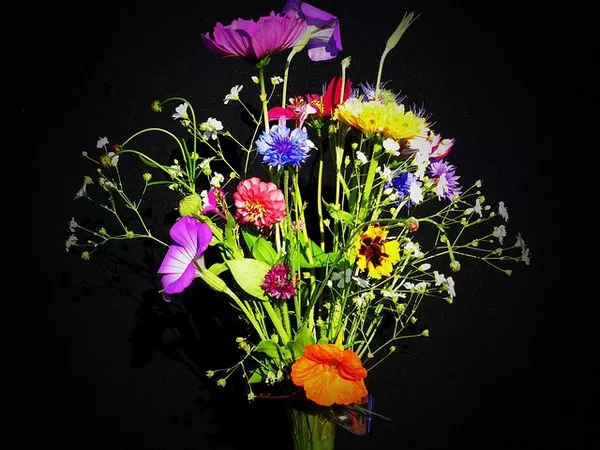The first cases of COVID-19 emerged in Wuhan, People’s Republic of China, in December 2019. By March 11, 2020, the World Health Organization officially declared it a global pandemic. The very next day, on March 12, 2020, the United States reported over 1,500 confirmed cases and 41 deaths due to the virus in states like California, Florida, Georgia, Kansas, New Jersey, South Dakota, and Washington. This marked the beginning of a long battle against the virus. In the following days, weeks, and months, the U.S. saw a steady increase in COVID-19 cases and deaths. Many businesses, including florists and plant shops, had to temporarily close to prevent further spread of the virus. Despite these challenges, garden centers and supermarkets continued to operate with measures like curbside pickup, in-store mask mandates, and online shopping.
As we approach the four-year “Remembrance Juncture” since the pandemic began, with over one million American lives lost to COVID-19 and nearly seven million deaths worldwide as of mid-September 2023, those in the floral industry have their own stories of how the pandemic affected their lives, businesses, and communities. Fortunately, with the support of medical advancements and vaccines, most of us survived this global crisis. While COVID-19 and its variants continue to pose a threat, the virus’s lethality in the U.S. has significantly decreased.
Signs of recovery are evident as indicated by robust sales during February’s Valentine’s Day (Prince & Prince, 2023; Tighe, 2023) and the most recent Mother’s Day holiday (Prince, 2023). These positive trends show that U.S. consumers are once again eager to purchase floral products, aiming to bring smiles to their loved ones. With COVID-19 largely behind us, Prince & Prince (P&P) sees this as an opportune moment to look ahead and assess the future of the U.S. floral market through an updated consumer survey in 2023.
Prince & Prince conducted its last comprehensive survey of the U.S. floral market in 2019, just before the pandemic (Prince & Prince, 2020). This survey covered various aspects of consumer floral purchasing, including:
Household spending on fresh cut flowers, indoor potted flowering and foliage plants, and planters.
Types of fresh cut flowers and indoor potted plants purchased.
Occasions for floral purchases, encompassing holidays, events, and everyday floral buying.
Identification of floral businesses where purchases were made, categorized into eight key floral channels, including online/internet vendors.
Detailed consumer evaluations of these floral channels, including 30 attributes related to customer service performance, experiences with purchased floral products, and overall customer satisfaction.
Demographic measurements of floral-buying households, such as age, household income, educational attainment, urbanization level, U.S. region, and household composition.
The 2023 survey update will enable P&P to track the changes in these consumer floral-purchasing metrics since the pandemic, thus establishing “trend lines” for each metric. These trend lines, in combination with historical data from seven prior P&P surveys dating back to 1996, will help define the current and future floral market.
Additionally, the survey will focus on indoor potted plants to assess the impact of the “pandemic plant-buying boom” identified in the 2021 AFE consumer research (Forney, 2022). This will help identify new consumers gained during the pandemic and gauge their current level of plant purchasing.
In summary, this updated survey is invaluable in understanding the current landscape of the U.S. floral market and projecting its future. The motto of the P&P U.S. Consumer Floral Tracking Survey aptly reflects the purpose: “Understanding where we have been, Knowing where we are now, and Projecting where we are going!”


